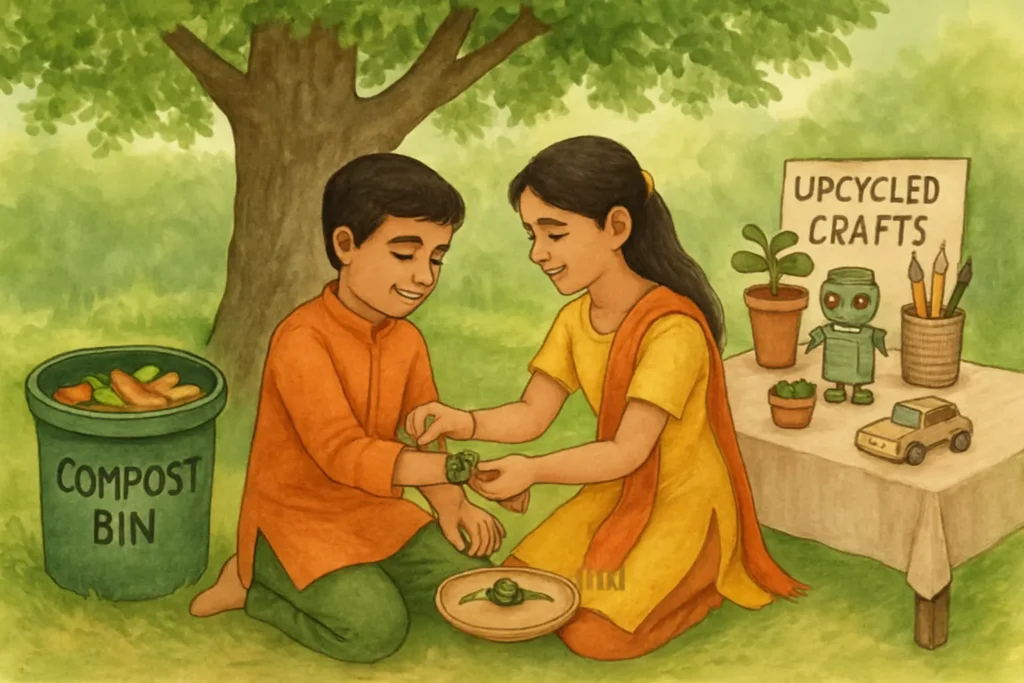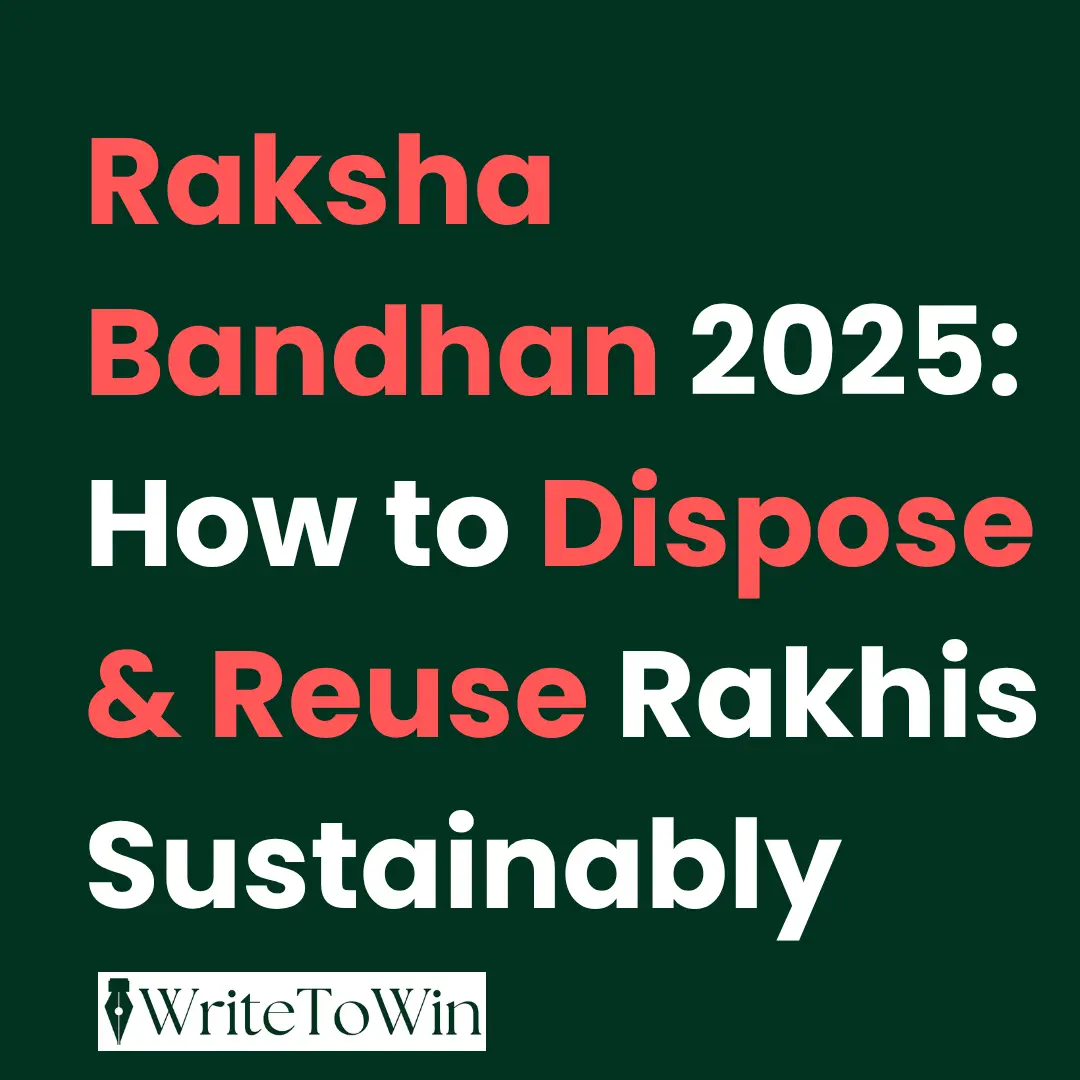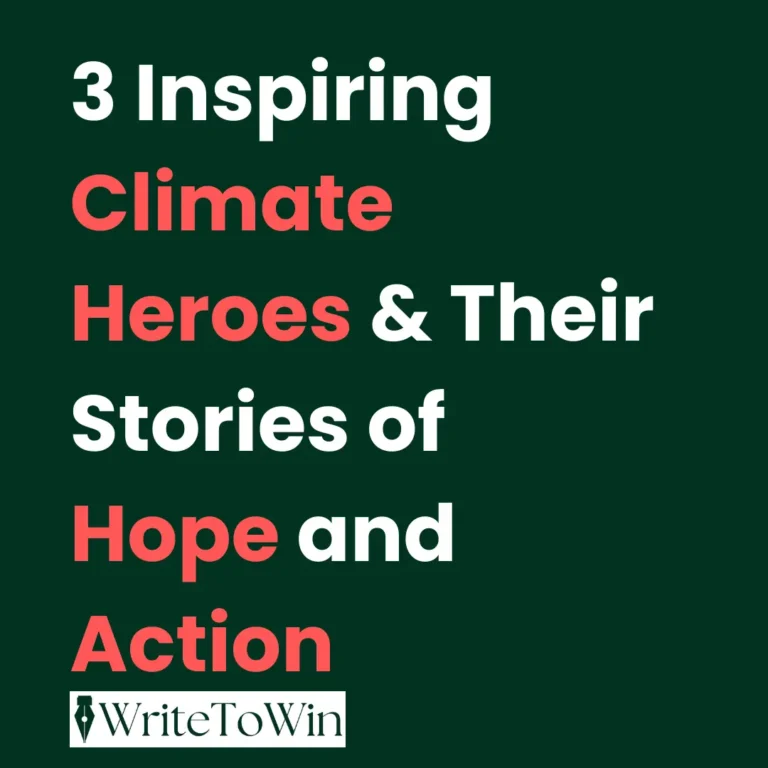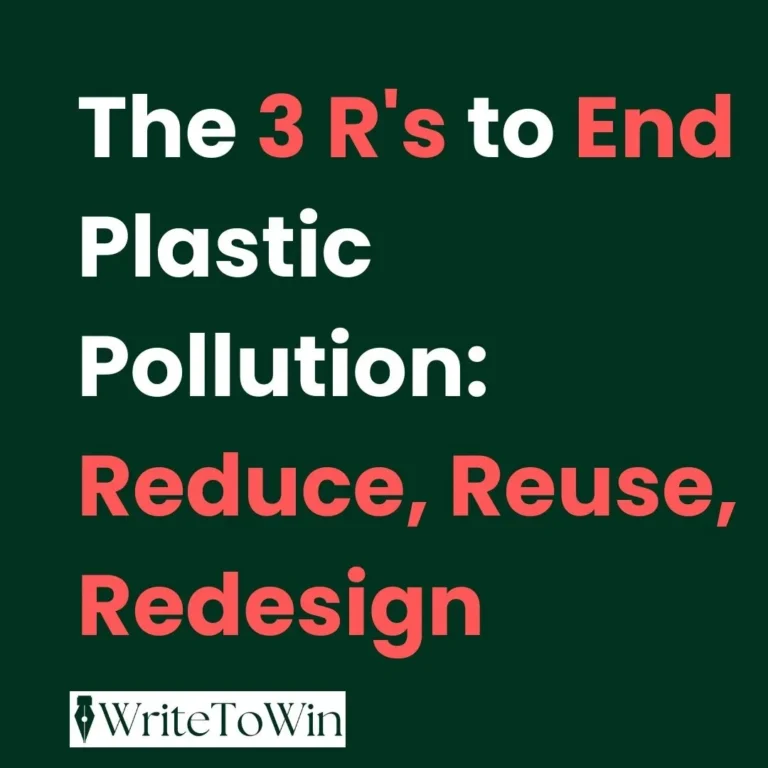Raksha Bandhan just passed, and memories of love and celebration are fresh. But there’s a less talked-about question: What happens to all those rakhis now? Are they headed straight for the bin?
The Festival is Over—But the Impact Remains 😔♻️
Right now, crores of rakhis—many made from plastic, glitter, and synthetic material—are being discarded. That means:
Non-biodegradable rakhis will likely sit in landfills for centuries.
Toxic dyes & glitter can leak into soil and water, harming nature.
The carbon footprint of these rakhis is enormous!

Tradition With a Twist: This is the Moment to Reflect 🤔
While the festival is gone, our responsibility isn’t. Once, rakhis were made of cotton or tulsi—now, commercialisation has brought more plastic. It’s not too late to make a difference, even after the celebrations end.
What Can You Do RIGHT NOW? 🇮🇳💡
Compost biodegradable rakhis: If yours is made from cotton, jute, or seed paper, add it to your compost or plant it!
Reuse or upcycle: Get creative! Use old rakhis as bookmarks, in art, or for school projects.
Collect for recycling projects: See if local groups or eco-stores accept rakhis for upcycling or recycling.
Educate others: Talk to friends/family about where rakhis go after the festival. Share solutions and inspire change!
Plan for next year: Make a family pact to choose only eco-friendly, reusable, or plantable rakhis in the future.
Final Thought 🙌
Festivals may pass, but the choices we make now carry an impact that lasts all year. Let’s ensure our celebrations protect not just our loved ones, but our Earth too.
🎉 Let this year’s Raksha Bandhan mark the start of greener traditions! 🌍

Saket Sambhav is the founder of WriteToWin, India’s premier environmental writing competition for school students. A legal professional and DBA candidate in sustainability, he launched WriteToWin to shift generational mindsets – empowering students to make conscious choices and protect the planet. He also mentors young eco-entrepreneurs, nurturing the next wave of climate leaders.







